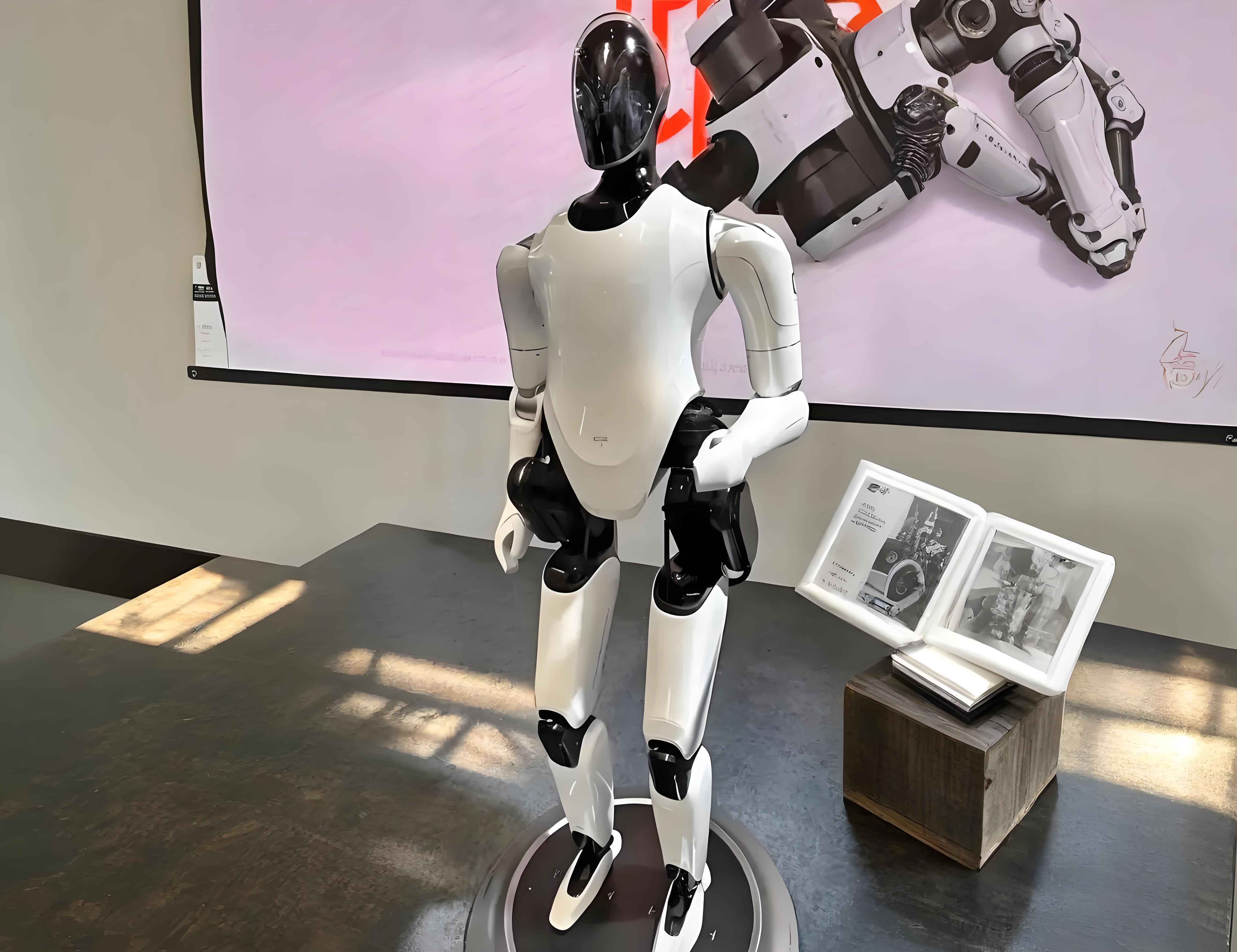As a national committee member and CEO of Tianyu Digital Technology, I have dedicated significant efforts to advancing the field of embodied robots. The integration of embodied intelligence into humanoid robotics represents a transformative leap from “mechanical shells” to “digital lifeforms.” However, the current landscape faces systemic challenges that hinder scalable innovation. This article outlines my perspectives on overcoming these barriers through unified platforms, standardized frameworks, and collaborative ecosystems.

The Current State of Embodied Robot Development
Embodied robots, which combine advanced hardware with AI-driven “brains” and “cerebellums,” are poised to revolutionize industries ranging from healthcare to public safety. Yet, the absence of universal infrastructure stifles progress. Below, I summarize the critical bottlenecks:
Table 1: Key Challenges in Embodied Robot Development
| Challenge Category | Current Limitations | Impact on Industry |
|---|---|---|
| Algorithm Development | Fragmented R&D efforts due to lack of shared AI models and simulation tools | High costs, redundant investments, slowed innovation |
| 3D Data Accessibility | Scarcity of high-quality 3D datasets; expensive and non-standardized data collection | Limited training depth for embodied intelligence systems |
| Hardware/Software Standards | Incompatible interfaces, protocols, and architectures across manufacturers | Poor interoperability, restricted scalability |
| Scenario Testing | Absence of multi-task, real-world testing environments | Narrow application scope (e.g., limited to commercial or academic use) |
| Talent Gaps | Shortage of professionals skilled in both robotics and AI models | Slow adoption of cross-disciplinary breakthroughs |
These challenges underscore the urgency for systemic reforms. Without unified platforms, embodied robots will remain fragmented, costly, and confined to niche applications.
Strategies for Building a National Embodied Intelligence Framework
To address these barriers, I propose a multi-pronged strategy centered on collaboration, standardization, and open innovation.
Table 2: Proposed Solutions for Embodied Robot Advancement
| Solution Pillar | Key Actions | Expected Outcomes |
|---|---|---|
| Unified Development Kits | Create open-source libraries for algorithms, simulations, and 3D datasets | Reduced R&D costs; accelerated prototyping |
| Standardization | Establish protocols for hardware interfaces, data formats, and safety ethics | Seamless interoperability; faster commercialization |
| Testing Ecosystems | Build government-backed testing hubs with multi-scenario environments | Enhanced real-world adaptability; diversified use cases |
| Talent Cultivation | Launch cross-disciplinary programs blending robotics, AI, and embodied intelligence | A skilled workforce driving innovation |
| Policy Incentives | Offer subsidies for compliance with interoperability certifications | Lower integration costs; increased industry participation |
By prioritizing these initiatives, we can foster a cohesive ecosystem where embodied robots thrive across sectors.
The Vision: Embodied Intelligence as a Universal Platform
The ultimate goal is to create an “embodied intelligence all-in-one machine” — a unified platform integrating algorithms, data, and computing power. This system would function as the “Android moment” for robotics, enabling plug-and-play compatibility across hardware and software.
Table 3: Core Components of the Embodied Intelligence All-in-One Platform
| Component | Functionality | Industry Benefit |
|---|---|---|
| AI Model Base | Pre-trained models for perception, decision-making, and motor control | Rapid deployment of embodied intelligence capabilities |
| 3D Data Cloud | Centralized repository of standardized 3D datasets | Enhanced training accuracy; reduced data acquisition costs |
| Edge-Cloud Compute | Distributed computing architecture for real-time processing | Scalability for complex tasks (e.g., emergency response) |
| Skill Model Library | Modular skill sets (e.g., object manipulation, navigation) | Customizable solutions for diverse applications |
This platform would democratize access to embodied robot technologies, allowing startups and enterprises alike to focus on innovation rather than reinventing foundational tools.
Accelerating Industry Adoption Through Open Scenarios
To expedite commercialization, governments and enterprises must collaborate to open high-impact scenarios for embodied robots.
Table 4: Priority Sectors for Embodied Robot Deployment
| Sector | Use Cases | Societal Impact |
|---|---|---|
| Healthcare | Elderly care, surgical assistance, rehabilitation | Improved quality of life; reduced workforce shortages |
| Manufacturing | Flexible production lines, precision assembly | Increased efficiency; lower operational risks |
| Public Safety | Disaster response, hazardous environment inspection | Enhanced safety; faster crisis resolution |
| Education | AI-driven tutoring, interactive lab assistants | Personalized learning; resource optimization |
By embedding embodied robots into these sectors, we can unlock trillions in economic value while addressing pressing societal needs.
Conclusion
The era of embodied robots is not a distant future—it is unfolding today. However, realizing its full potential demands a coordinated national strategy. By establishing universal platforms, standardizing protocols, and fostering open innovation, we can transform embodied intelligence from a fragmented endeavor into a global powerhouse. Let us seize this “Android moment” for robotics and build a future where embodied robots are ubiquitous, interoperable, and indispensable.
